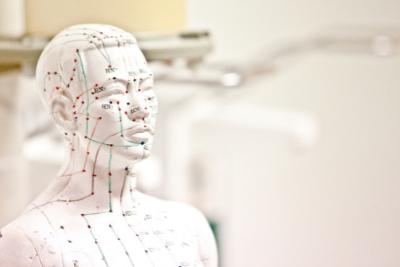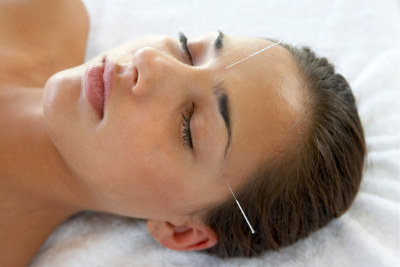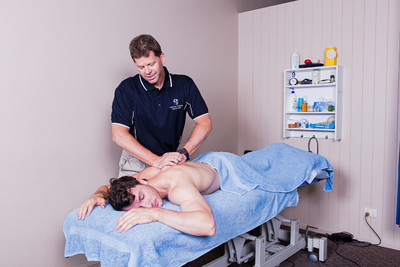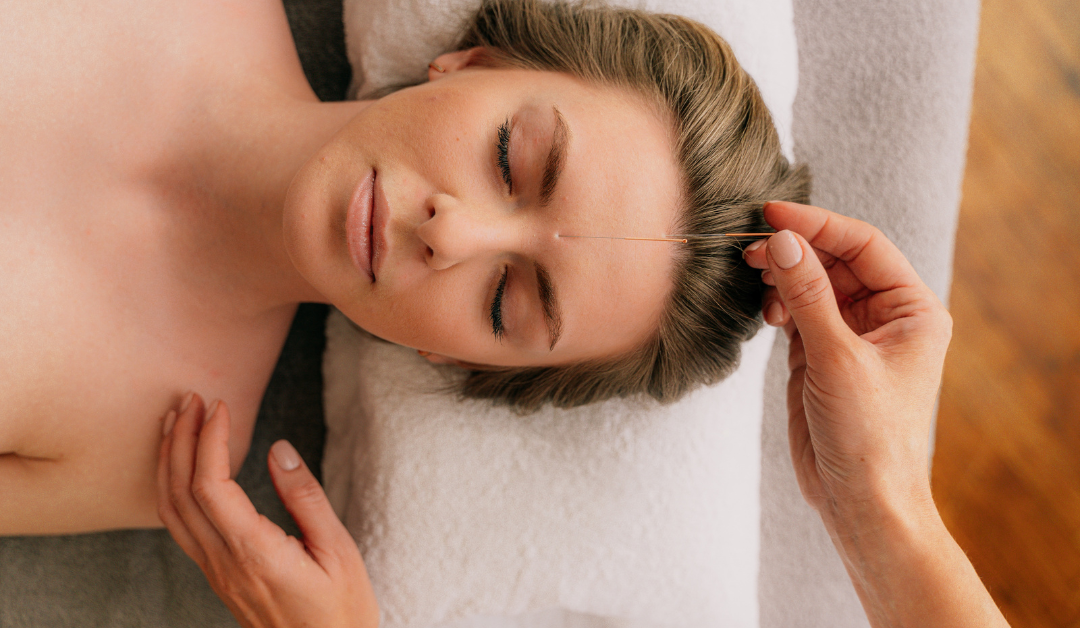We often get asked the question ‘What is the difference between Acupuncture and Dry Needling?’.
In short, both treatments are similar and have amazing, proven benefits, however Acupuncture can generally be seen as much more complex and well proven. Whilst similar, they are different techniques, from different backgrounds, with different theories and clinical reasoning.
You may be considering trying one or both treatments, but not sure which one will suit your body or ailments best, so let’s firstly look at each treatment in more detail, before making a comparison.
What is Acupuncture?
Acupuncture is a traditional Chinese medicine tool that dates back over 2000 years, so is therefore one of the oldest health practices on record. It aims to restore the natural flow of balance to the body and eliminate symptoms or dysfunction.
Acupuncture has been widely used as a complementary, natural therapy in Australia to treat a wide range of conditions, without having to rely on medication or surgery.
The aim of Acupuncture is to normalize the flow of energy (known as “qi”) and blood through the body to help stop any unwanted blockages along the body’s pathways, known as “meridians”. These pathways affect a person’s spiritual, emotional, physical and mental state. If a blockage occurs the body reacts negatively often in the form of pain, dysfunction or disease.
Acupuncture is performed by a qualified Acupuncturist. They apply needles, and often heat, pressure and other treatments to one or more places on the skin, known as acupuncture points, where the energy flow has been interrupted. These points are believed to stimulate the brain, releasing neurochemicals and hormones, creating a deep relaxation, and relieving pain and dysfunction.

What are the Benefits of Acupuncture and what Conditions Can it Help?
By removing the blockages of energy, Acupuncture can alleviate imbalances in energy flow and restore harmony within the body. Acupuncture benefits include –
- Help relieve chronic pain
- Relieve hypertension
- Assisting with migraines and headaches
- Build resilience against allergies
- Combat anxiety and depression
Acupuncture is very commonly used for pain management of chronic conditions. Other conditions also include –
- Headaches and Migraines
- Back pain
- Neck pain
- Osteoarthritis
- Menstrual cramps
- Labour pain
- Respiratory disorders, such as allergic rhinitis
- Dental pain
- Fibromyalgia
- Tennis elbow
- Anxiety and Depression
- Sleep Issues
- Chemotherapy-induced and postoperative nausea and vomiting
Are there any risks or Side Effects of Acupuncture?
As long as you are seeing an experienced and highly trained acupuncture practitioner, the risks are low. Single-use, disposable needles are now required, so risk of infection is very minimal.
Some common, mild side effects include soreness, or minor bleeding and bruising where the needles were inserted.
If you have the following conditions, please be sure to speak to your practitioner prior to treatment –
- Bleeding disorder – If you have a bleeding disorder or are on blood thinners, you have a higher chance of bleeding or bruising from the needles.
- Pacemaker – Some acupuncture involves applying mild electrical pulses to the needles and this may potentially interfere with a pacemaker’s operation.
- Pregnant – There are acupuncture points that are thought to stimulate labor, so these should be avoided until full term pregnancy.

What is Dry Needling?
Dry Needling is an evidence-based Western practice with many benefits.
It is an effective treatment that specifically targets muscle tightness, aiming to reduce pain, restore tissue function and improve tissue healing. This is done by releasing myofascial trigger points in the muscles.
Dry needling can also be known as myofascial trigger point needling and was popularised in the 1940s by Janet Travell, in her book “Myofascial Pain and Dysfunction: the trigger point manual”.
Although it is one of the many traditional acupuncture techniques, these days Dry Needling is often practiced by Physiotherapists, and involves inserting an acupuncture needle into soft tissues or trigger points. Trigger points, or myofascial trigger points, are basically sites of irritation within muscle fibres that can form a “muscle knot” or band of tightness or discomfort. As needles are inserted the focal invasion causes the tissue to react, which is followed by some tissue relaxation and then ideally a reduction in pain.
The aim is to decrease myofascial tension and improve musculoskeletal function. In simple terms, instead of using their fingers to get into sore parts of the body, they can insert a needle for the job.
Dry needling can be used for large areas of muscle tension, and is also great for patients with sensitivity to touch when in acute pain.
These days you will also find some chiropractors or massage therapists performing dry needling as an addition to their treatment.
What are the Benefits of Dry Needling and what Conditions Can it Help?
Some of the main benefits include-
- Pain relief
- Reduced muscle pain and tightness
- Improved range of motion
- Improved recovery time
- Reduced muscle spasm
- Treats both acute and chronic pain
- Improves relaxation
Some of the common conditions dry needling can help with include –
- Lower back pain
- Shoulder pain
- Tennis elbow
- Neck pain
- Migraines
- Joint dysfunction
- Knee pain
- Sciatica
Are there any risks or Side Effects of Dry Needling?
The risks associated with dry needling are low when you seek treatment from a qualified physio or allied health practitioner with dry needling training. Some infrequent side effects include –
- Tiredness
- Bruising
- Temporary soreness
So what is the difference between Acupuncture and Dry Needling and which one is better?
In summary, both treatment options have significant benefits.
Dry needling is a form of Acupuncture and is generally used for pain conditions, as an adjunct treatment by a qualified allied health professional.
However, acupuncture takes more of a holistic approach for the whole body, mind and spirit and it can help with varying conditions, not just pain. Acupuncturists are also more highly qualified in comparison, with a minimum bachelor’s degree in training and regulation with the Chinese Board of Medicine.
All Acupuncturists can perform dry needling BUT allied health professionals trained in dry needling are not qualified to perform acupuncture.
As far as which treatment is better, the answer will depend on your preference, your body’s response and the condition you are trying to treat.
Your physiotherapist will be happy to discuss these options with you in more detail and determine which treatment option might be more suitable for you.
Acupuncture and Dry Needling Services at Sandgate Physical Health Clinic
At Sandgate Physical Health you will be assessed individually by your therapist, and if dry needling or acupuncture look to be effective in your situation they will discuss this with you. Likewise, if you would like to try this treatment please discuss this during your next appointment.
We are pleased to advise that many of our Physiotherapists have training in dry needling, and we also have a qualified Acupuncturist, Neil Whillans, who is a fellow at AACMA, with over 26 years experience, and over 20 of those years specifically at SPHC!
Please contact us on 38691099 to make a booking or you can also BOOK ONLINE.


